Eye Care & Vision Associates
WNY’s premier destination for cataract surgery & comprehensive eye care Contact Us to Schedule AppointmentLocations
Doctors
Combined years of experience

Cataract surgery
A complete eye exam can detect the presence of cataracts, and we remove them surgically. Cataract surgery is one of the most common and successful surgeries in the US with a 95% success rate. Learn more

Diabetic eye disease
An annual dilated eye exam by our experienced ophthalmologists is vital for prevention, early diagnosis and treatment of eye conditions related to diabetes. Learn more

Glaucoma management
The various treatments available for glaucoma, such as eyedrops, laser treatment, and surgery, cannot reverse existing vision loss, but can effectively prevent further deterioration of your vision. Learn more

Routine eye care
Regular eye exams are important for maintaining life-long eye health. A baseline screening can help identify early signs of eye disease and help preserve vision. Learn more
Our trusted eye care team
Our experienced team of board-certified ophthalmologists have years of experience in eye care, surgery, and treatment. They work closely with our patients and their primary care physicians and specialists to ensure complete care.
Full spectrum of eye care
Our doctors have many years of experience in eye care and treatment, including surgical procedures, retinal and disease management, and routine eye care. Each of our locations is equipped with on optical shop and staffed with experienced and friendly staff to help you find the perfect fit.

Comprehensive eye care for all ages
At Eye Care & Vision Associates, we’re dedicated to helping you maintain a lifetime of healthy eyesight by using the most advanced diagnostic and treatment methods. From routine eye exams to surgical procedures, you can rely on Eye Care & Vision Associates for experienced, expert, and individualized care.
Our mission
To deliver the highest quality eye care resulting in the best quality outcomes. Our entire team of physicians and staff is focused on a single mission – to care for you as a person as well as a patient.
